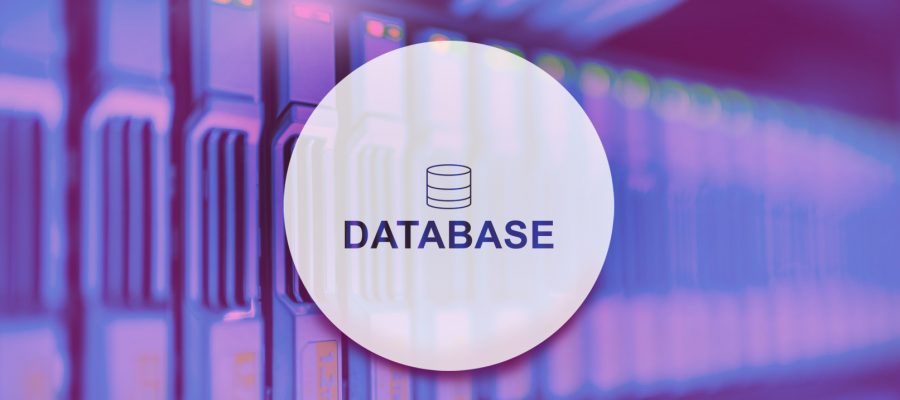A database is an organized collection of data, stored and accessed electronically. Database designers typically organize the data to model aspects of reality in a way that supports processes requiring information, such as (for example) modeling the availability of rooms in hotels in a way that supports finding a hotel with vacancies.
The database management system (DBMS) is the software that interacts with end users, applications, and the database itself to capture and analyze data. A general-purpose DBMS allows the definition, creation, querying, update, and administration of databases. A database is generally stored in a DBMS-specific format which is not portable, but different DBMSs can share data by using standards such as SQL and ODBC or JDBC. The sum total of the database, the DBMS and its associated applications can be referred to as a “database system”. Often the term “database” is used to loosely refer to any of the DBMS, the database system or an application associated the database.
Computer scientists may classify database-management systems according to the database models that they support. Relational databases became dominant in the 1980s. These model data as rows and columns in a series of tables, and the vast majority use SQL for writing and querying data. In the 2000s, non-relational databases became popular, referred to as NoSQL because they use different query languages.
Outside the world of professional information technology, the term database is often used to refer to any collection of related data (such as a spreadsheet or a card index) as however size and usage requirements typically necessitate use of a database management system.
Existing DBMSs provide various functions that allow management of a database and its data which can be classified into four main functional groups:
- Data definition – Creation, modification and removal of definitions that define the organization of the data.
- Update – Insertion, modification, and deletion of the actual data.
- Retrieval – Providing information in a form directly usable or for further processing by other applications. The retrieved data may be made available in a form basically the same as it is stored in the database or in a new form obtained by altering or combining existing data from the database.
- Administration – Registering and monitoring users, enforcing data security, monitoring performance, maintaining data integrity, dealing with concurrency control, and recovering information that has been corrupted by some event such as an unexpected system failure.
In recent years, there has been a strong demand for massively distributed databases with high partition tolerance, but according to the CAP theorem it is impossible for a distributed system to simultaneously provide consistency, availability, and partition tolerance guarantees. A distributed system can satisfy any two of these guarantees at the same time, but not all three. For that reason, many NoSQL databases are using what is called eventual consistency to provide both availability and partition tolerance guarantees with a reduced level of data consistency.
New-SQL is a class of modern relational databases that aims to provide the same scalable performance of NoSQL systems for online transaction processing (read-write) workloads while still using SQL and maintaining the ACID guarantees of a traditional database system.
The above is a brief about Database. Watch this space for more updates on the latest trends in technology.
